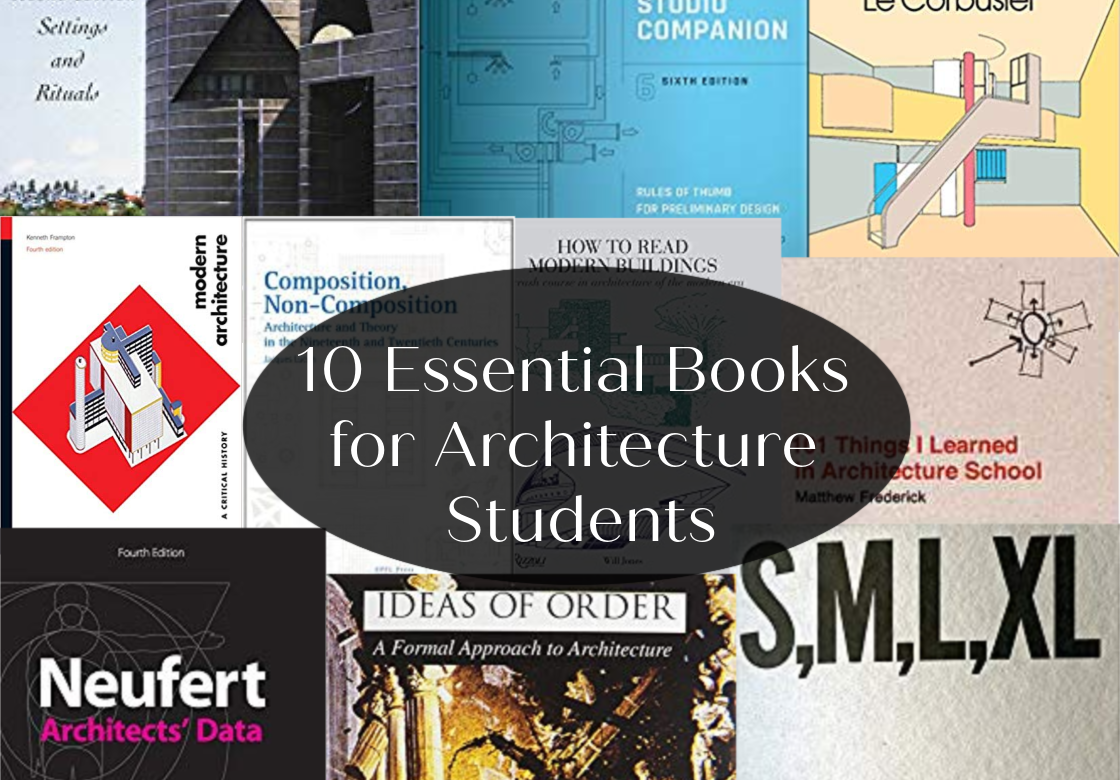
10 Essential Books Every Architecture Student Needs
Architecture students everywhere are preparing to begin or return to their educational journey. Books are an incredibly important part of architectural professional development, whether it be on architectural theory or actual technical guides. I’ve read several “Top 10” lists of essential Architecture books but this is my personal top 10, choosing from the most essential, helpful and informational texts I relied on while in Architecture school. I still reference these books today, well after I have graduated.
Note: This post contains links that by clicking, at no cost to you, I may earn a small commission which helps pay for all of this content.
1. Towards a New Architecture by Le Corbusier
The Swiss-born architect and city planner Le Corbusier (Charles-Édouard Jeanneret, 1887–1965) was a founding member of the “modern” movement in architecture and of the “International School”. He designed some of the twentieth century’s most iconic buildings, such as the Chapel at Ronchamp; the Swiss dormitory at the Cite Universitaire, Paris, the Unite d’Habitation at Marseilles, the Villa Savoye near Paris and so much more. His ideas first appeared in Vers une Architecture (1923), a collection of articles originally written by Le Corbusier for his own magazine, L’Esprit Nouveau. This book, however, is the English translation of the 13th French edition of his historic manifesto. In a succinct style, Le Corbusier elaborates on innovative technical and aesthetic theories, as well as wide-ranging ideas covering topics from economics to the relation of form to function to the “mass-production spirit”. Extensively illustrated with over 200 line drawings and photographs of his own works and other structures he considered important, it is one of the essential architecture books for architecture students, architects, city planners and cultural historians.
2. S, M, L, XL by Rem Koolhaas and Bruce Mau
S, M, L, XL presents a selection of the extraordinary and imaginative design work produced by the Dutch firm Office for Metropolitan Architecture (O.M.A.) and its celebrated founder, Rem Koolhaas, in its first twenty years. The title of the book refers to the layout: the projects and writings are organized by scale. Small and Medium refer to domestic and public design topics. Large focuses on what Koolhaas calls, “the architecture of Bigness”. Finally, Extra-Large highlights projects at the urban scale, examining the modern city. The extra-large book itself is a graphic design work of art, combining projects, photos, sketches, personal essays and critical essays on architecture and society.
3. Modern Architecture: A Critical History (Fourth Edition), Kenneth Frampton
Kenneth Frampton’s work is a venerable survey of modern architecture and its origins. Now on the fourth edition, the first edition first appeared in 1980. I remember referencing this book often for commentary on a number of 20th century precedents.
4. Neufert Architect’s Data, 5th Edition, Ernst Neufert
Another of the essential architecture books is the indispensable reference guide, Neufert’s Architects’ Data, which provides important information related to the initial design and planning of a building project. With more than 6200 mostly dimensioned diagrams, organized primarily by building type, Neufert’s provides a wide range of initial considerations on spatial requirements. Buildings include plans, sections, site layouts and design details. Perhaps best of all, the book provides a detailed set of metric/ imperial conversion tables! First published in Germany in 1936, this book has been revised and updated through 39 editions and many translations. The fourth English language edition is translated from the 39th German edition.
5. The Architect’s Studio Companion: Rules of Thumb for Preliminary Design, 6th Edition, Edward Allen, Joseph Iano
This user-friendly reference book provides guidelines for the design of structure, environmental systems, parking, accessibility and more. With many diagrams and clearly written explanations, it includes the latest building codes for the US and Canada, as well as information about heating and cooling systems for buildings and new structural systems that can be incorporated at the early stages of building design. This book helps architects and students reduce the need for later revisions by introducing building systems which impact formal and spatial organization of buildings.
6. Composition, Non-Composition: Architecture and Theory in the Nineteenth and Twentieth Centuries by Jacques Lucan
A thoroughly researched and wide-ranging work by Jacques Lucan, Composition, Non-Composition scrutinizes the history of the word “Composition” in terms of architectural formulation. Rather than address individual buildings, styles or technology, Lucan examines ideas of architectural design, before a final work is complete. It is a story of the word “composition” seen through numerous examples, whether drawn from the “rule books” or analyzed as the processes by which design projects are born. Most importantly, it is an account of how we got from there (the late 18th century) to here, which makes it essential reading for those looking to understand the evolution of western architecture.
7. 101 Things I Learned in Architecture School by Matthew Frederick
This is a book that many students, including myself, had on our studio desks. It includes 101 bite-sized lessons ranging from design to drawing to the creative process to presentation to the important of emergency egress to theory. Architectural ‘speak’ can be vague and overly complicated and this book distills the semantics into 101 digestible lessons.
8. Ideas of Order: A Formal Approach to Architecture by Jacqueline Gargus
Taking a formal approach to looking at architecture, the first few chapters provide tools for formal analysis. The latter part of the book roughly follows a historical timeline but mostly addresses wider architectural concepts in a spatial context. In addition, landscapes and urban areas are studied as extensions of architectural ordering systems. The book is illustrated with photographs, maps, and line drawings.
9. A History of Architecture by Spiro Kostoff
A monumental work on the history of the built environment, this was the required book we used in school and an essential architecture book. Beginning with the Stone Age, through antiquity to Post-Modernism – from ordinary buildings to great monuments – the book provides a vital foundation upon which to build courses in architecture and art history.
10. How to Read Modern Buildings by Will Jones
This book is a field guide to comprehending modern architecture and many of its iconic buildings. beginning at the start of the 20th century from Art Deco and Arts and Crafts, through Bauhaus, the International Style and Modernism to today’s environmental architecture, all of the significant architectural movements from the 20th century to present times are included. This book shows how to “read” the key elements and concealed details of each style as well as the trademarks of each style and how to spot them in buildings. With detailed drawings, plans and photos, it is a must-read for anyone with an interest in architecture, urbanism and modern design.
Where to Buy Essential Architecture Books?
Besides Amazon, there are booksellers who focus specifically on Architecture and Art, like Hennessey and Ingalls, located in Los Angeles. You can order online and their selection is amazing.
Love all things Architecture, Art and Cultural Travel? Be a dear and sign up for my email list for access to my newsletter, new course offerings and occasional giveaways!

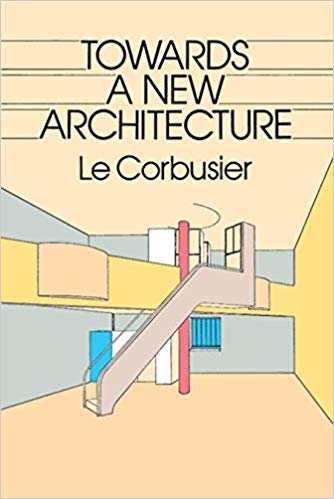
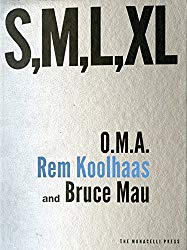
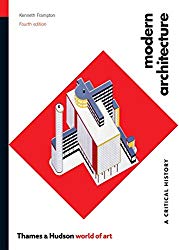
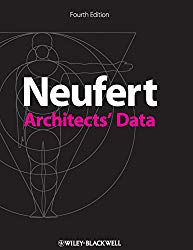
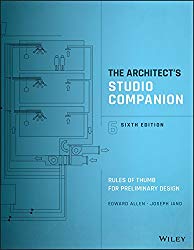
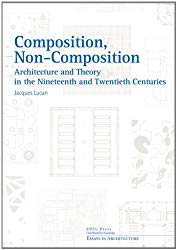
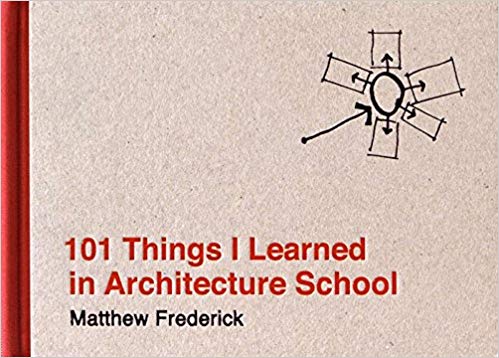
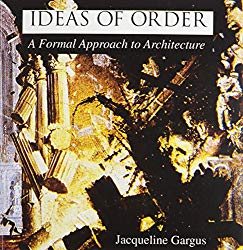

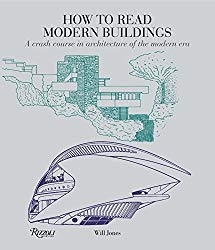
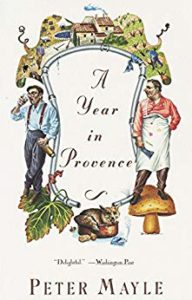
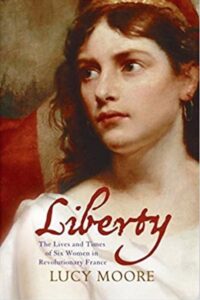
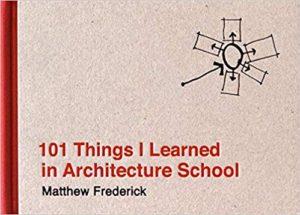
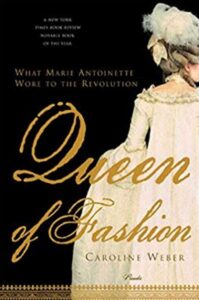
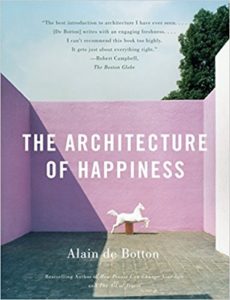

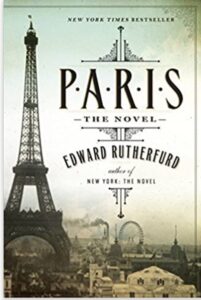

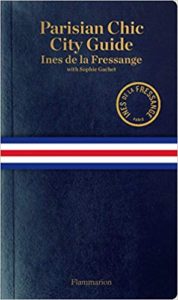
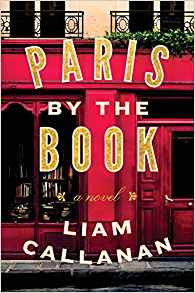
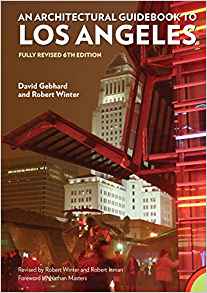

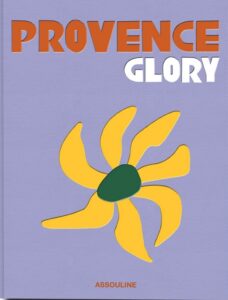
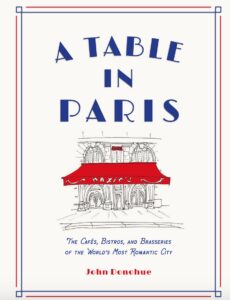

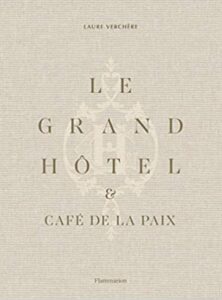

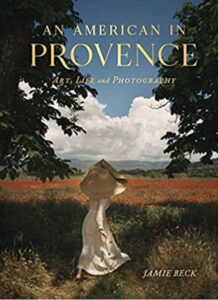
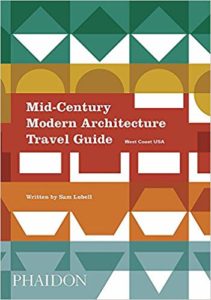



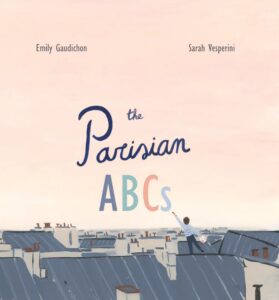


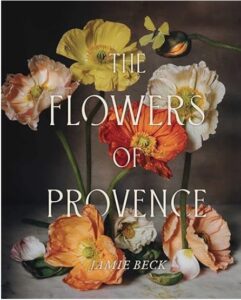

Leave a Reply